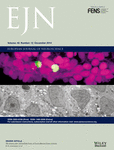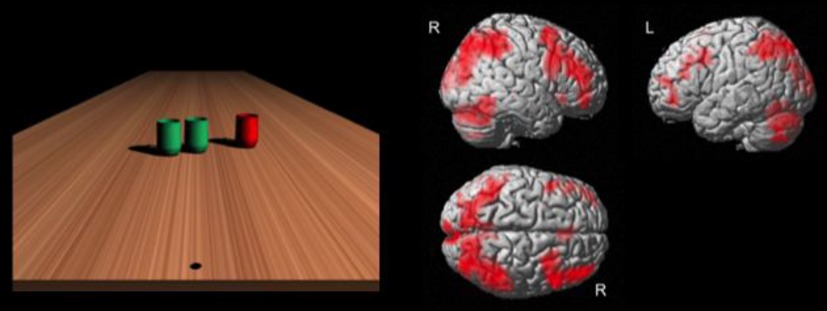Journal list menu
Export Citations
Download PDFs
Issue Cover
Issue Cover (December 2014)
- First Published: 21 December 2014
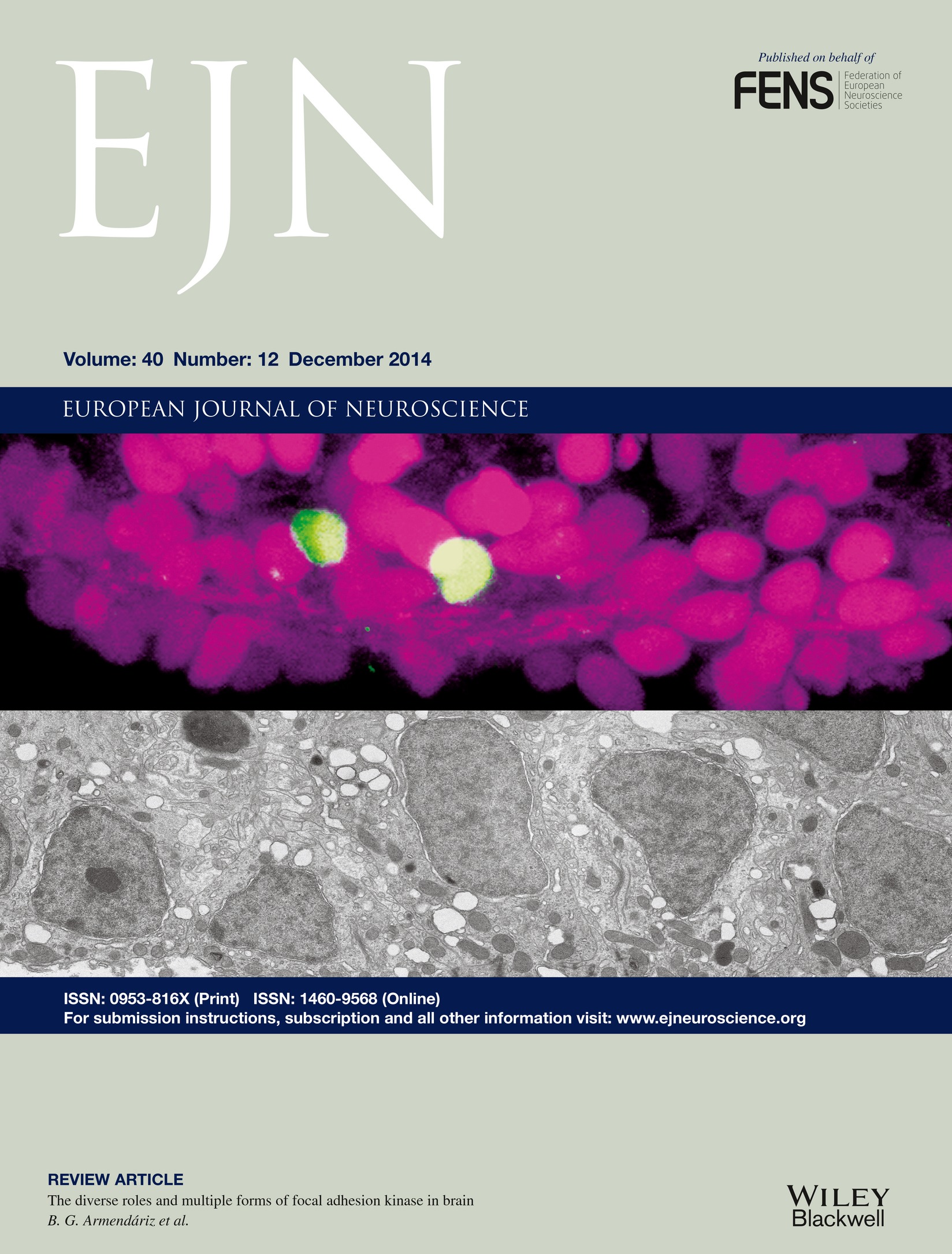
Cover Illustration: Niche-specific stem/progenitor cells and their neuronal progeny are differentially modulated by modality-specific sensory input in the adult zebrafish brain. Top image shows a neurogenic niche in a chemosensory region containing proliferating (green) radial glial stem/progenitor cells (magenta). Bottom image shows corresponding ultrastructure. For details see the article of Lindsey et al. (Sensory-specific modulation of adult neurogenesis in sensory structures is associated with the type of stem cell present in the neurogenic niche of the zebrafish brain. Eur. J. Neurosci., 40, 3591–3607).
NEUROSYSTEMS
Associative plasticity in surround inhibition circuits in human motor cortex
- Pages: 3704-3710
- First Published: 07 October 2014
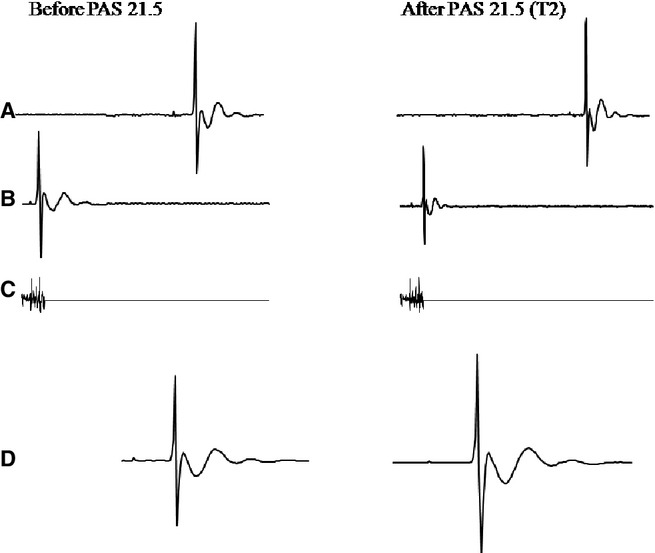
Surround inhibition is a physiological mechanism that is hypothesised to improve contrast between signals in the central nervous system. In the present transcranial magnetic stimulation study we found that median nerve paired associative stimulation was able to increase motor surround inhibition from abductor pollicis brevis to abductor digiti minimi. Our findings suggest that mSI is susceptible to modulation and depends on prior experience. This could lead to new interesting therapeutic approach in patients with focal hand dystonia.
Persistent reduction of hippocampal glutamine synthetase expression after status epilepticus in immature rats
- Pages: 3711-3719
- First Published: 28 October 2014
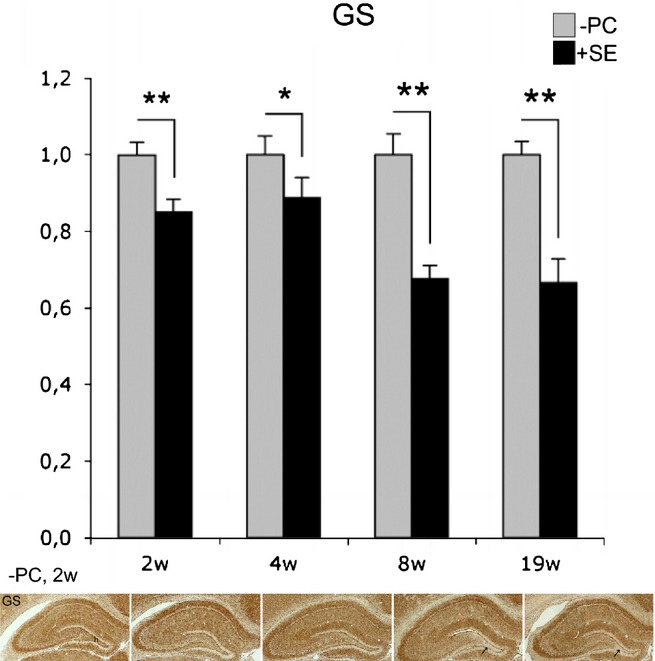
To analyse early steps in epileptogenesis we analysed hippocampal expression of glutamate-glutamine cycle components in the juvenile rat pilocarpin model. Hilar glutamine synthetase expression was reduced 2–19 weeks after SE, whereas expression of excitatory amino-acid transporters, vesicular glutamate transporter 1 and glial fibrillary acidic protein was unaffected. Reduced glial GS expression preceded spontaneous recurrent seizures, indicating it is an early event in epileptogenesis.
BEHAVIORAL NEUROSCIENCE
Mapping parahippocampal systems for recognition and recency memory in the absence of the rat hippocampus
- Pages: 3720-3734
- First Published: 29 September 2014
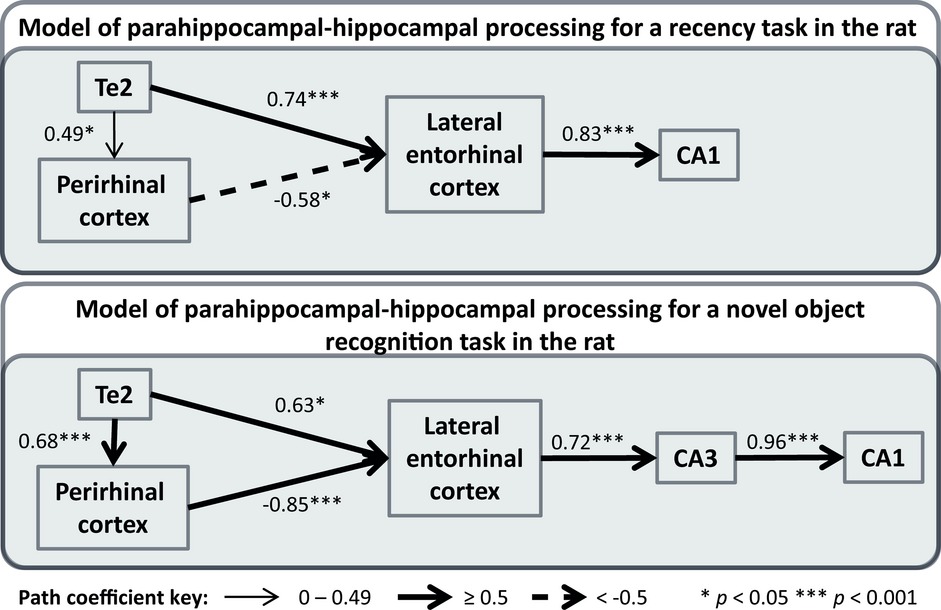
Hippocampal lesions did not alter the ability of rats to discriminate objects based on novelty or recency, nor did they cause dysfunction of neuronal activation in the perirhinal cortex (PRH) as measured by the immediate early gene, c-fos. Structural equation modelling of the c-fos data revealed the lesions did not cause disturbances in parahippocampal processing during these tasks. Analyses in control rats revealed differential engagement of CA3 of the hippocampus when processing novel or familiar objects.
Reduced sensitivity to both positive and negative reinforcement in mice over-expressing the 5-hydroxytryptamine transporter
- Pages: 3735-3745
- First Published: 04 October 2014
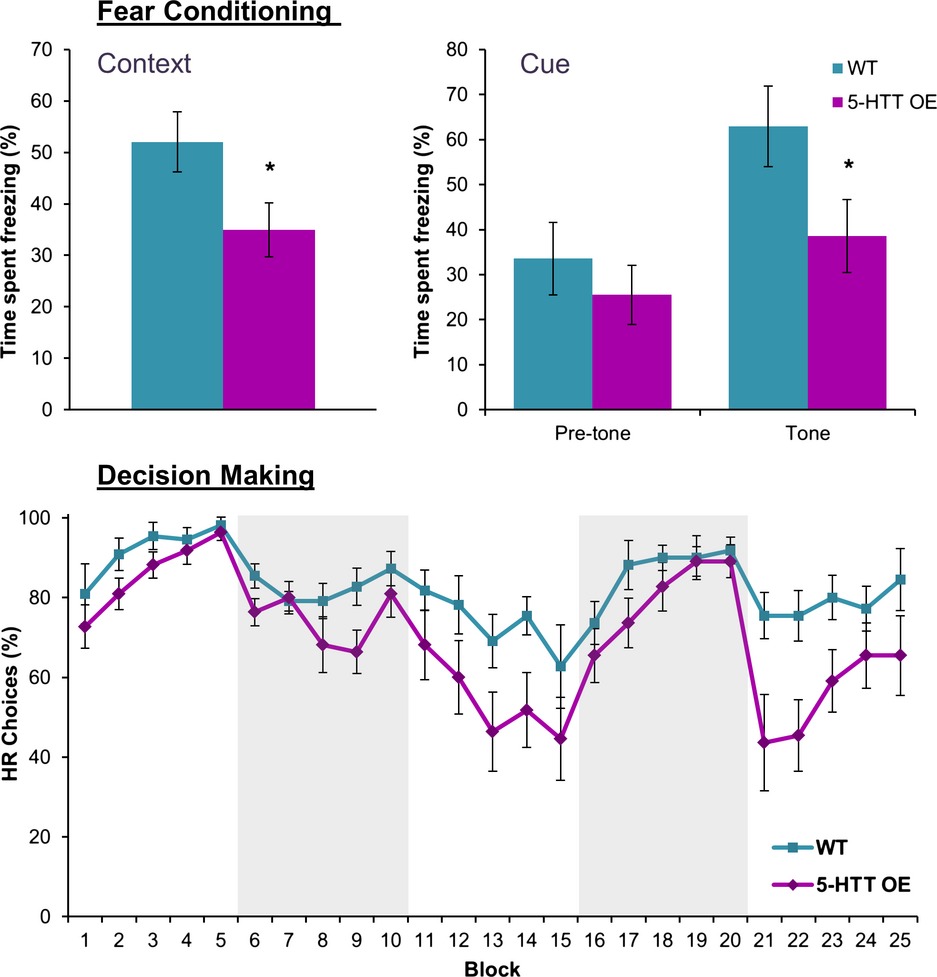
Genetic polymorphisms in the 5-HT transporter (5-HTT) modify its expression in humans. In this study, mice overexpressing the 5-HTT showed reduced fear conditioning and impaired reward-related learning during a decision-making task, despite displaying intact spatial learning. Our results suggest that increased 5-HTT expression results in reduced sensitivity to both positive and negative reinforcers, which may provide insight into the role of the 5-HTT in human personality and psychopathology.
Greater sensitivity to novelty in rats is associated with increased motor impulsivity following repeated exposure to a stimulating environment: implications for the etiology of impulse control deficits
- Pages: 3746-3756
- First Published: 12 October 2014
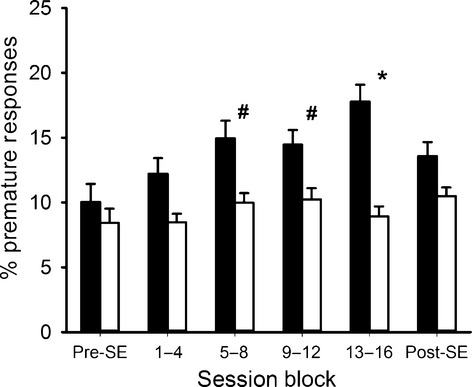
The present study investigated whether repeated exposure to a stimulating environment (SE) altered impulsive action in a rodent model. We found that a subgroup of rats became more impulsive with repeated exposure to the SE, and this behavioural phenotype was associated with molecular changes in the dorsal hippocampus. Studying such context-induced impulsivity may provide insight into why interaction with novelty may precipitate psychiatric symptoms in impulse control disorders.
Unilateral medial frontal cortex lesions cause a cognitive decision-making deficit in rats
- Pages: 3757-3765
- First Published: 27 October 2014
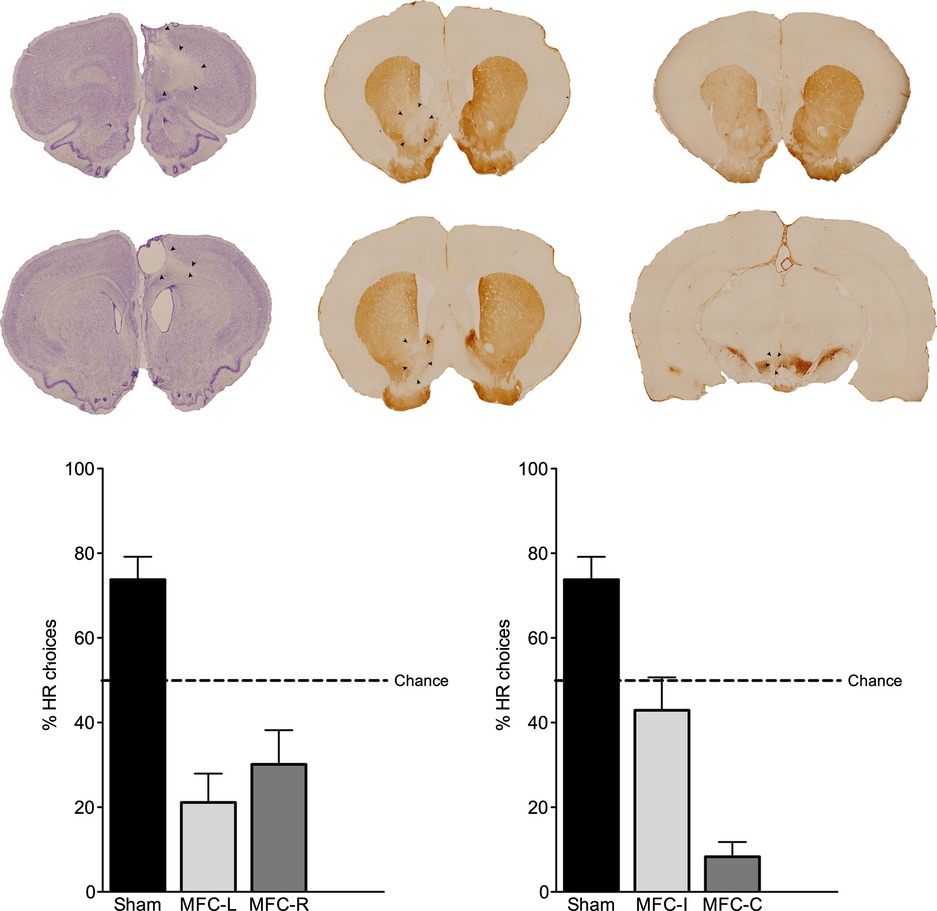
Generally, cognitive and reward-based behaviour in rodents is not thought to be lateralised in the brain. In this study, however, we demonstrate that the medial frontal cortex has a specialised and lateralised role in cost-benefit decision-making. Rats with unilateral medial frontal cortex lesions show a profound change in decision-making on an effort-based decision-making task that is greater when it involves a high effort, high reward option on the contralateral side of space to the lesion.
Gestational stress induces persistent depressive-like behavior and structural modifications within the postpartum nucleus accumbens
- Pages: 3766-3773
- First Published: 31 October 2014
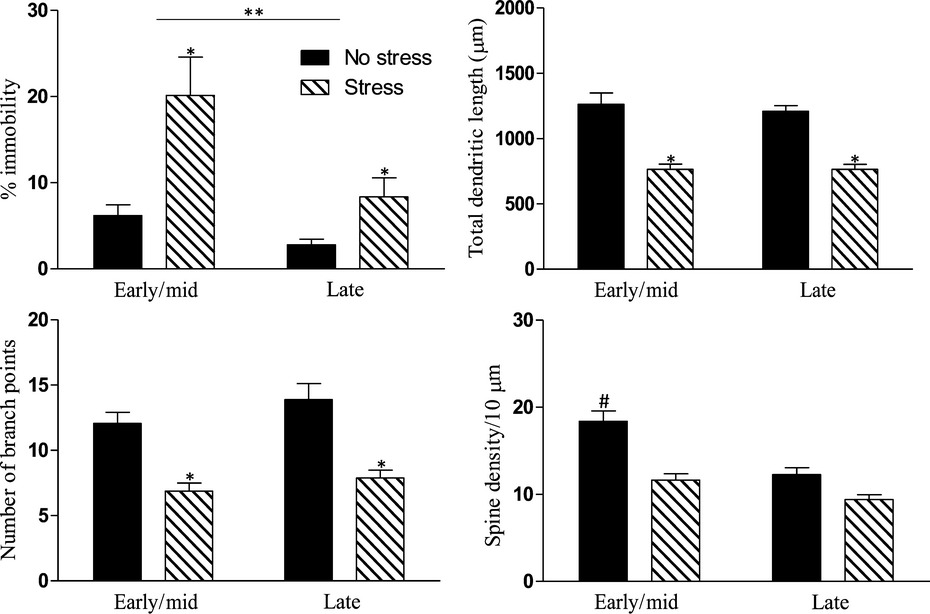
Stress during pregnancy is a major risk factor for postpartum depression (PPD), a debilitating disorder affecting approximately 20% of new mothers. Our results show that in postpartum rats, depressive-like behavior following exposure to gestational stress is associated with compromised structural plasticity in the NAc shell including reduced dendritic length, branching and spine density and thus may provide insight into the neural changes that could contribute to PPD.
COGNITIVE NEUROSCIENCE
Spectrotemporal dynamics of the EEG during working memory encoding and maintenance predicts individual behavioral capacity
- Pages: 3774-3784
- First Published: 07 October 2014
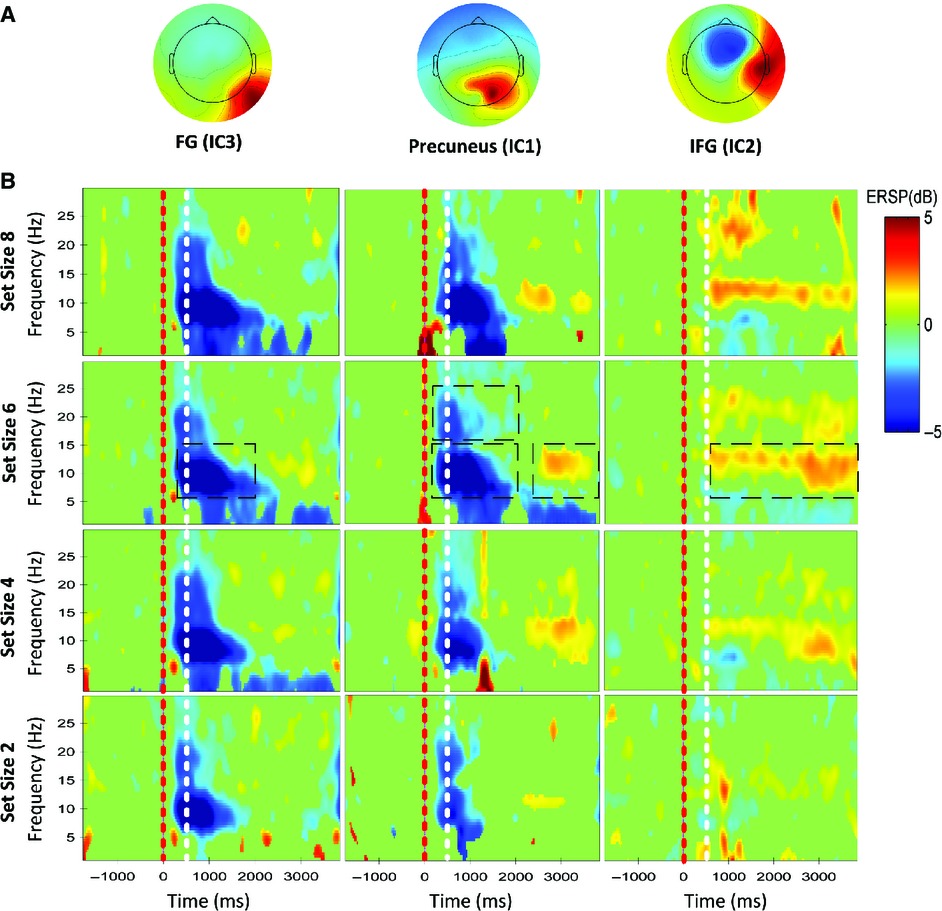
We show neural oscillations of the EEG are a prominent neural marker of individual working memory capacity. Individuals with higher behavioral memory capacity show stronger alpha-band oscillatory responses in posterior brain areas during the encoding of visual objects into working memory and in anterior areas while maintaining them.
Interaural attention modulates outer hair cell function
- Pages: 3785-3792
- First Published: 10 October 2014
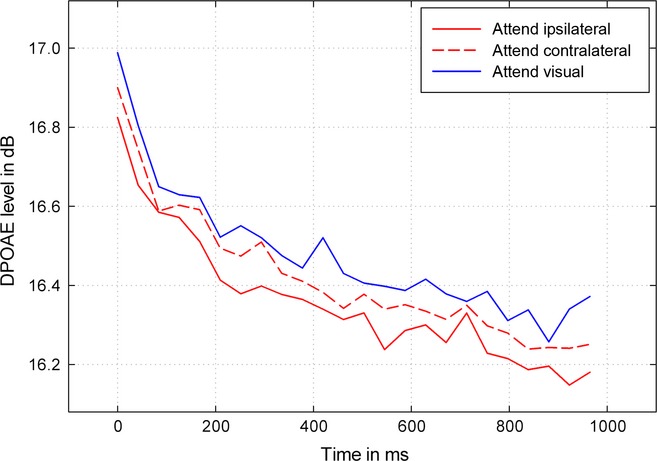
Effects of shifts in interaural attention on cochlear function were measured. Three intermodal experimental conditions were studied and otoacoustic emission amplitudes varied systematically with condition; Clear shifts in absolute DPOAE level were evident with shifts in interaural attention. We argue that the present data are evidence of the involvement of the uncrossed medial olivocochlear efferent neurons, which functionally connect the two ears, in interaural attention.
The predictability of frequency-altered auditory feedback changes the weighting of feedback and feedforward input for speech motor control
- Pages: 3793-3806
- First Published: 27 September 2014
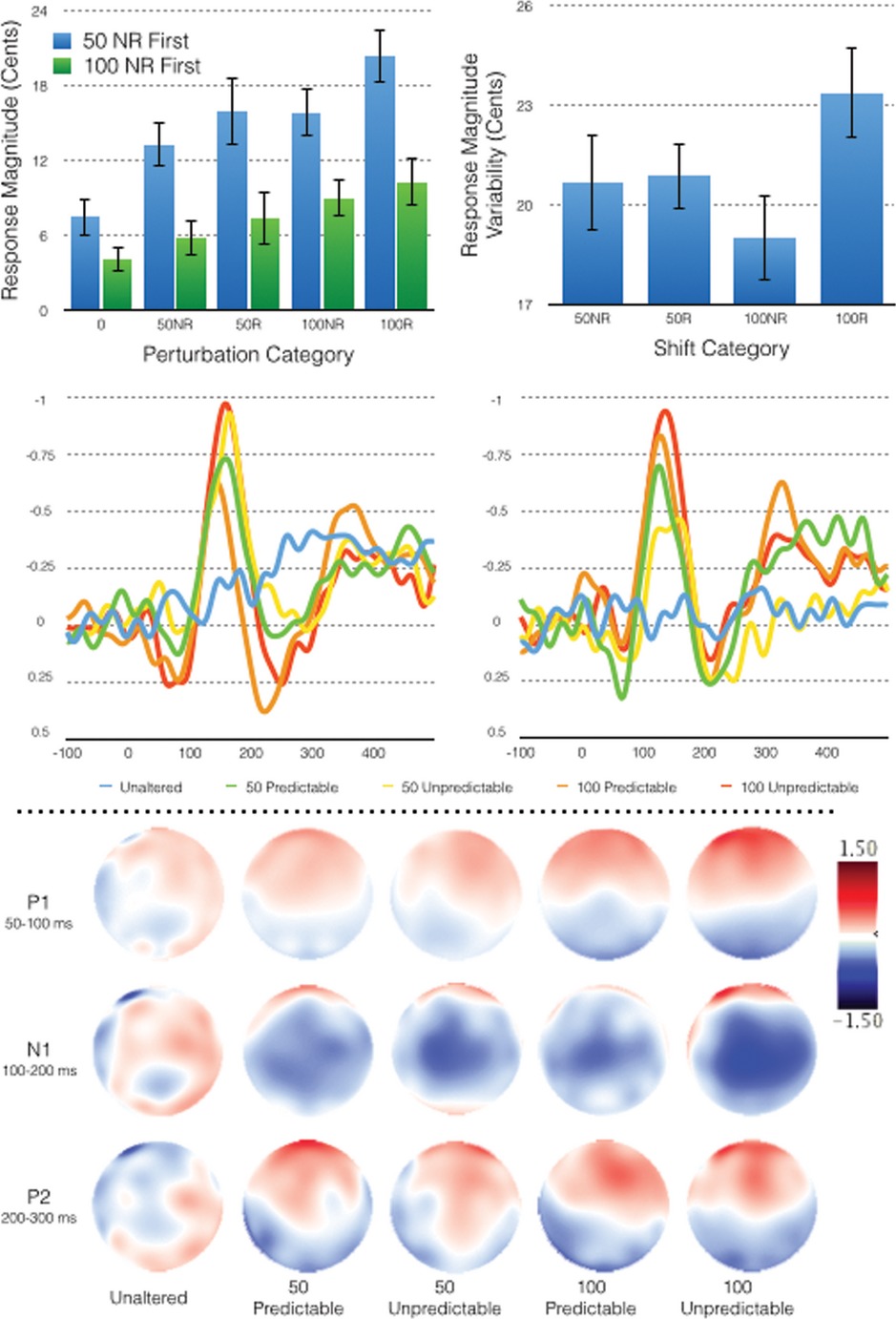
This event-related potential study investigated vocal and neural responses to pitch perturbations that were predictable or unpredictable in magnitude. Decreases in the magnitude and trial-to-trial variability of vocal responses, smaller N1-amplitudes, and shorter vocal, P1 and N1 response latencies were found following predictable pitch perturbations. These results suggest that after repeated exposure to predictable pitch perturbations, participants rely less on auditory feedback.
Contribution of the motor system to the perception of reachable space: an fMRI study
- Pages: 3807-3817
- First Published: 13 October 2014
The effects of transcranial direct current stimulation on conscious perception of sensory inputs from hand palm and dorsum
- Pages: 3818-3827
- First Published: 07 October 2014
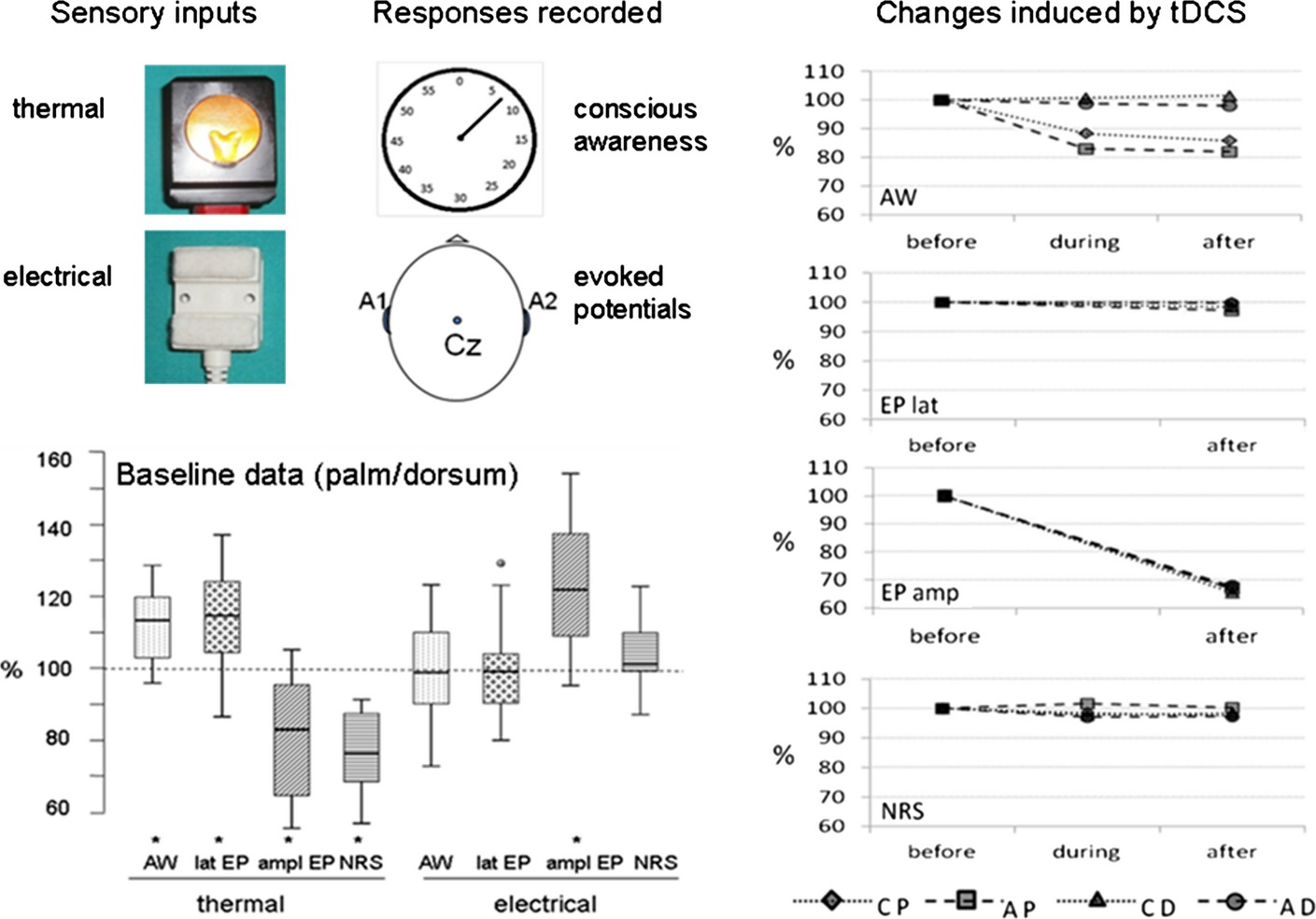
This neurophysiological study demonstrated that the processing time to conscious awareness for nociceptive inputs from the glabrous skin of the hand palm is shortened by parietal transcranial direct current stimulation, regardless of its polarity. This did not occur with inputs from hand dorsum or with non-nociceptive inputs. These findings reveal site and modality specificity for central nervous system processing of sensory inputs.
Slow fluctuations in eye position and resting-state functional magnetic resonance imaging brain activity during visual fixation
- Pages: 3828-3835
- First Published: 10 October 2014
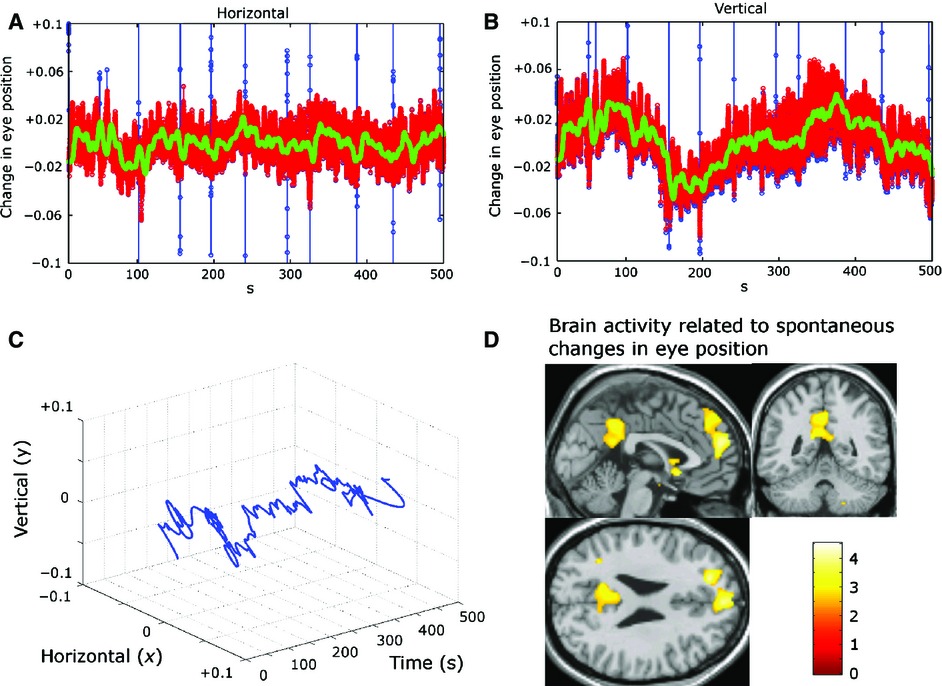
In this study we studied the relationship between slow fluctuations in eye position during visual fixation and low-frequency BOLD signal activity in the brain. It is shown that slow and involuntary changes in eye position are linked to resting-state activity in the brain's default mode network. Our results suggest that subconscious and sustained changes in behavior are tied to intrinsic brain activity on a moment-by-moment basis.




